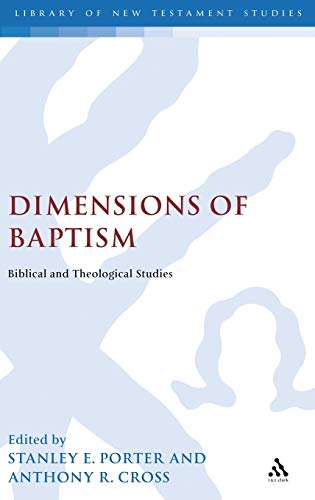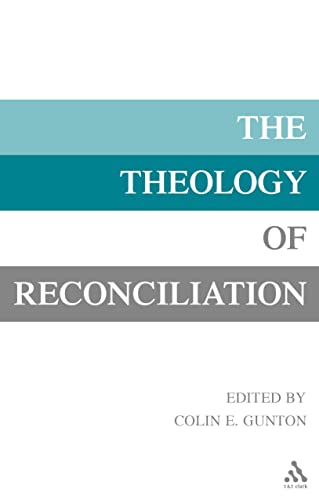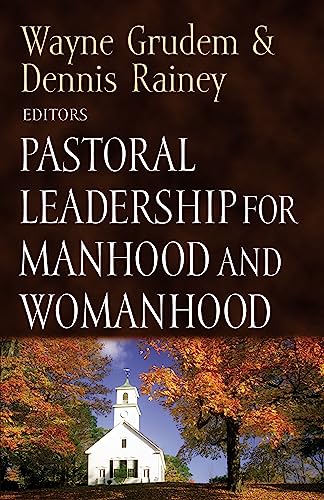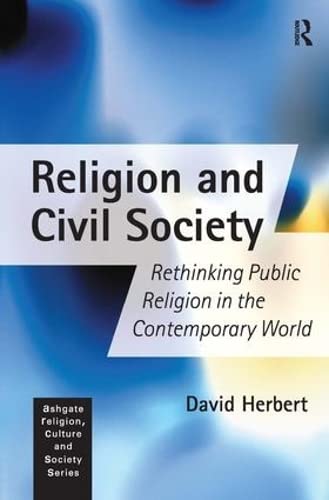EXPLORING JEWISH LITERATURE OF THE SECOND TEMPLE PERIOD: A GUIDE FOR NEW TESTAMENT STUDENTS
Written by Larry R. Helyer Reviewed By J. R. PalmerThere will be few readers who would not learn from Larry Helyer’s compendious volume on the literature of the Second Temple period. Aimed at undergraduate level readers, it is generally an excellent summary of a huge range of literature, written from a Christian perspective with special regard for the connections this literature has with the NT. The first chapter gives an historical introduction to the period and then in the following chapters we are presented with short pictures of the different sorts of writing. Each section has information about date, composition, structure and the main themes of the book(s) under question. The sections finish with detailed discussion of the parallels to the NT, which are much more wide-ranging than occasionally noting that a particular book is quoted or alluded to in the NT. The range of writing that is covered is wider than many introductions and includes Philo, some of the Bar Kochba letters and the Mishna, as well as the more standard Dead Sea Scrolls, Apocrypha and Pseudepigrapha.
However, excellent as this book is in many ways, I found myself disappointed. Helyer justifies its existence in a market with many excellent introductions with the claim that there was a need for a ‘book written from an evangelical perspective’ (9), but it is not clear how the book gives us an ‘evangelical perspective’, as opposed to a broader ‘Christian perspective’ on the period or literature. Although Helyer takes a moderately critical view of the ‘New Perspective’ on Paul this is not a distinctively evangelical thing to do. Helyer holds to Pauline authorship of the pastorals (442, 471), but on the date of Daniel, one of the few ‘evangelical distinctives’ which makes a difference to the study of Early Judaism, it is less clear what he thinks, though he appears to favour a later date (51 ‘the Prayer of Azariah obviously postdates canonical Daniel, so we are led to a time of writing near the end of the second century BC’, also 45f, 87). There are a couple of other issues that may raise some eyebrows: his view of original sin (90) and his description of NT exegesis as pesher which he had previously described as a technique where ‘the plain meaning of the text … was bypassed and instead a contemporary event was read out of the text’ (232). However, my main disappointment is this: Helyer rightly emphasises the usefulness of the literature of early Judaism for our understanding of the NT, but no-where reflects how this might fit with a reformation hermeneutic of Scripture interpreting Scripture. This balance between the context of the ancient world and the context of the canon is a vitally important area for evangelicals to think about.
The other claim made for the book is that it is intended as a bridge to the Jewish people (501) and there is a very strong pro-Jewish (Zionist?) stream in the writing, which appears in many ways, from homely notes about Israeli paratroopers (30, note 4) to the jaundiced view of the apostolic fathers in chapter 14.
The length of Helyer’s book (over 500 pp.) might persuade some readers to turn to J. C. VanderKam’s shorter An Introduction to Early Judaism (Eerdmans) and readers interested in the apostolic fathers are certainly better off with John Behr’s The Way to Nicaea (St Vladimirs Seminary Press), but Exploring Jewish Literature is, despite the issues raised above, a very strong introduction to a huge range of literature, written from a Christian perspective with an excellent description of the parallels to the NT.
J. R. Palmer
Cambridge







